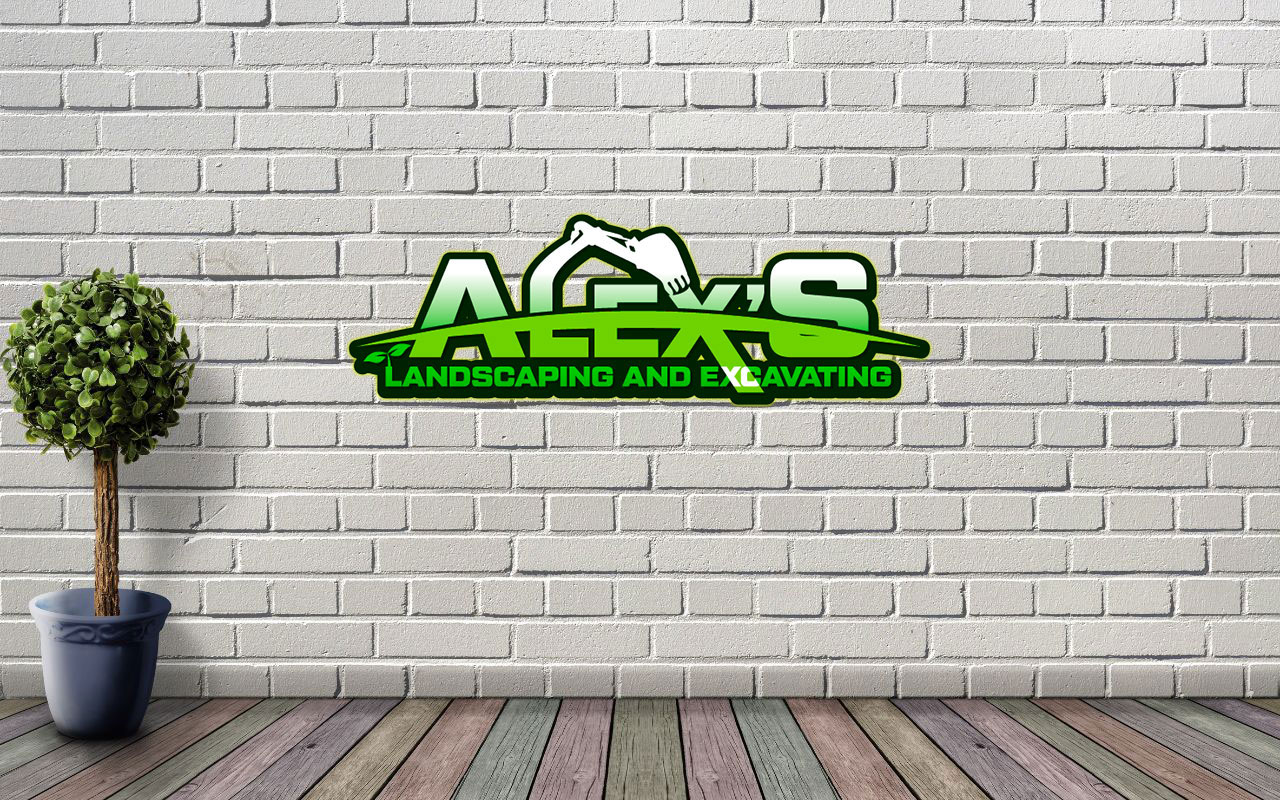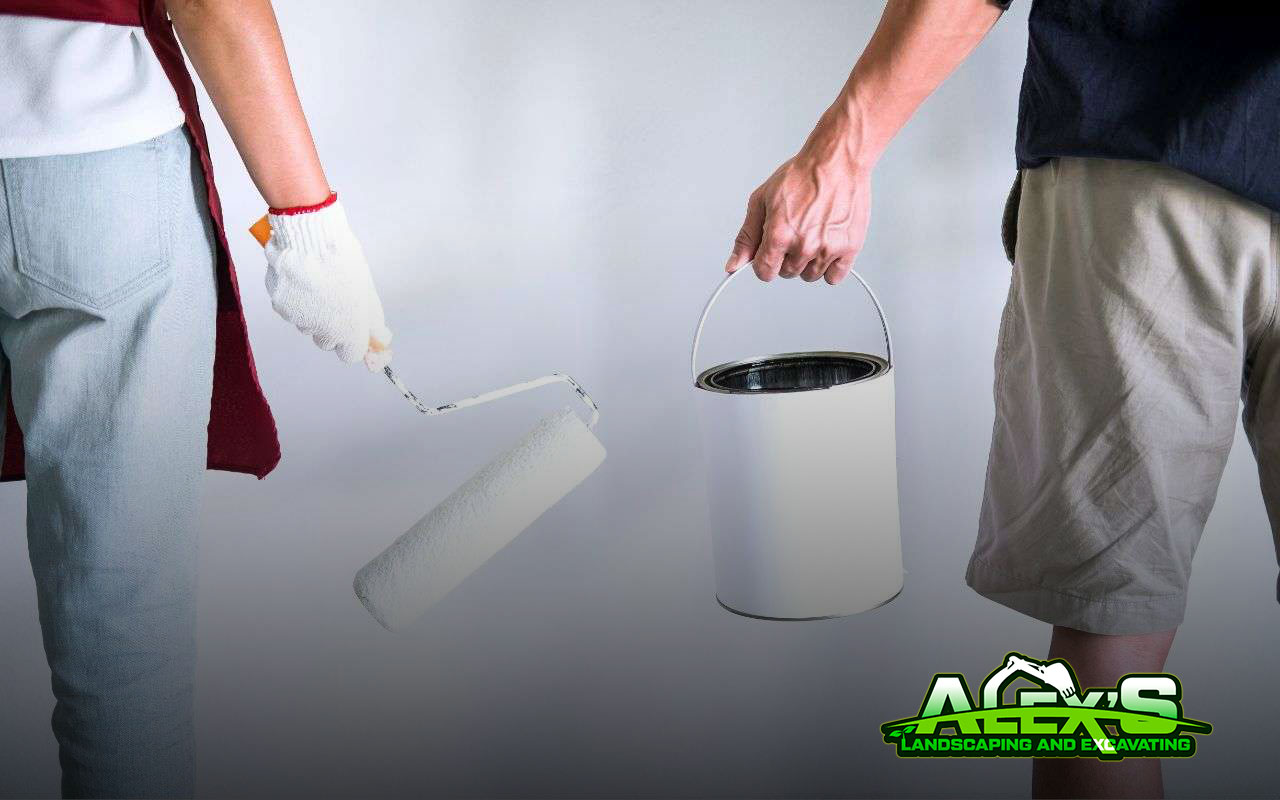
How to Whitewash Brick? | Best Techniques & Benefits
How to whitewash Brick? It can be a difficult task. Want to enhance your brick wall but want to save some money? The Whitewash technique is the best option. Don’t know how to do it? Don’t worry, here you will learn step by step.
Whitewashing the walls is not a perfect technique; the imperfect result -slightly rougher than a plastic, paint-although white- is part of its charm and gives personality to the interiors. Even in minimalist houses, this technique compensates for the predominant uniformity, reducing the coldness.
Keep reading this blog to learn the most accessible way how to whitewash Brick. Also, you will learn the fantastic benefits.
Steps to Whitewash Brick
Step 1
As in any process in which you are going to paint or work on the walls, you have to free them from furniture and accessories, cover the floor and furniture and fix any bumps or flaws in the wall with putty for superficial ones or plaster if they are more than 3-5 cm deep.
Step 2 | How to Whitewash Brick
Remove the old layer of lime with moisture. Wet the walls with a damp sponge or brush and remove the old whitewash with a trowel (a flat iron-shaped tool with a gripper).
Assuming your brick has at any point been painted, there might in any case chip, or rankling paint left over on the block that could make your whitewashing snap. In the event that you suspect that the paint has been there for quite a long time, it is conceivable that you are managing poisonous lead paint, which should be taken out by an expert.
On the off chance that, nonetheless, you’re certain that is not the situation, continue on toward safeguarding the floor with a drop material — and yourself with goggles and a facial covering — then prep a trash container to get the old, dried paint you’re going to strip. Utilizing a clay blade, wire brush, or paint scrubber, cautiously eliminate all the chipped or stripping paint from the block.
Step 3

Prepare the paint according to the process you have decided on, whether with masonry lime and powder or with lime putty.
The proper percent for the mix is 50/50 arrangement of water to white plastic paint, mixed to an even consistency. Assuming that you find as you are working that you maintain that the block should be less white, add more water to additional weaken the white paint. On the other hand, in the event that you need a more white look, attempt a higher paint-to-water proportion.
Pause for a minute to test a little, subtle region with whitewash of a few different paint-to-water proportions until you get the ideal impact. (It may very well be smart to let the test region dry before you proceed, so you’ll understand what the dried whitewash will truly resemble.)
Step 4 | How to Whitewash Brick
When applying it on the wall, always stir it because lime tends to settle at the bottom. Make sure the wall is clean and free of dust. Spread -preferably with a brush or roller- the paint. At least apply two coats -up to 5 if they are thin-. As we have already mentioned, you will have to wait for it to dry well, even for two days, because the covering and whitening effect increases with time.
If your goal is to make the walls white with lime paint, this is perfect, but did you know that lime paint admits pigments to give it color (it will never be a very intense color but a soft one). It is added to the mixture, and you can enjoy the benefits of natural and economical but colored paint to paint the walls.
Materials needed to Whitewash your Brick
The materials you will need are the following:
- A paint tray and liner
- Roller naps for rough surfaces
- One gallon of outdoor paint, or more depending on surface area
- Disposable container for measuring paint and water
- Stir stick
- Paint brush
- Paint roller and pole – I found the pole made the job very easy so that I didn’t have to bend down.
Benefits of Whitewash
- It is an economical method. With a small budget, you can cover many square meters. A 20 kg bag of lime powder costs $12 and in paste about 15$.
- Whitening with lime is simple. It is unnecessary to have specific knowledge or be a professional to do it. It is only necessary to respect the proportions and phases of the application.
- Visible result. If the wash is applied correctly, the wall recovers the uniform color.
- It is not harmful. Whitening the walls with lime is not. The materials and products involved in the process are not dangerous.
- It has bactericidal properties. Whitewashing protects the wall against mold and mildew.
Extra Tips
If your bricks are too old, or have not been cleaned in a long time, water pressure is the best option to clean it before any step.
If you do water pressure and the bricks arent dirty enough, it will remove all of the sand in between bricks, which means you will have to re-sand later on.
On the off chance that your bricks are in the need of re-sanding at any rate, feel free to powerwash. A key sign that your deck should be re-sanded is that there isn’t anything noticeable keeping the bricks intact, and your bricks will have plainly started to move around and sink in better places.
Get Professional Assistance
Now that you know the easiest way to whitewash your bricks, you can start! Remember that you can contact Alex’s Landscaping & Excavating for better results and fantastic assistance!
We count on the most professional staff. Our years of experience guarantee you a complete, unique, and reliable service!
Have the results you deserve and always with high quality service. Get in touch with us and learn more about our services!
